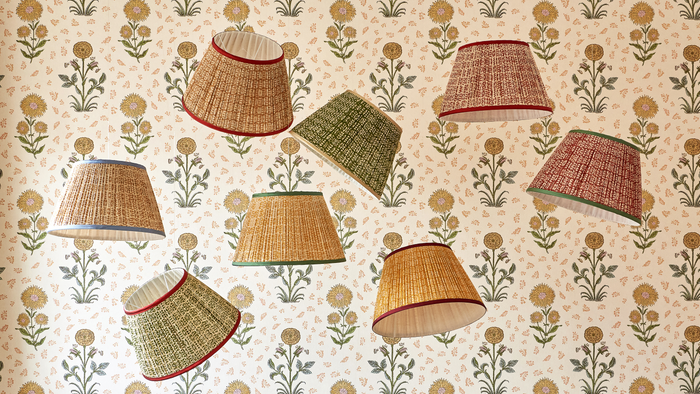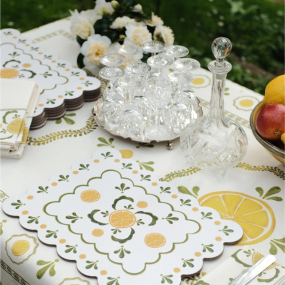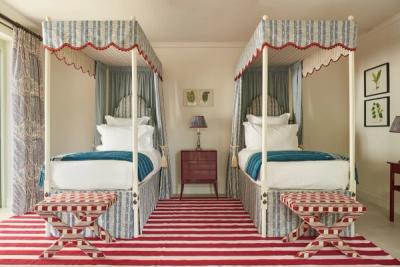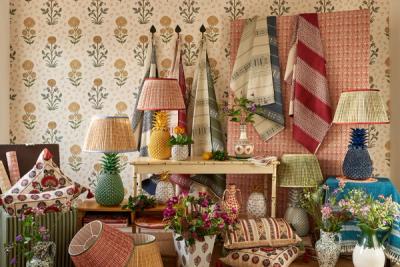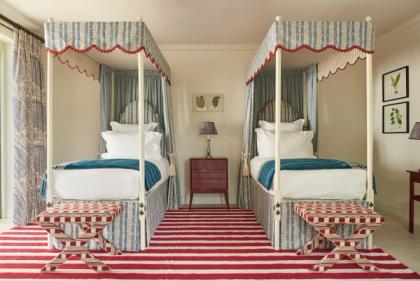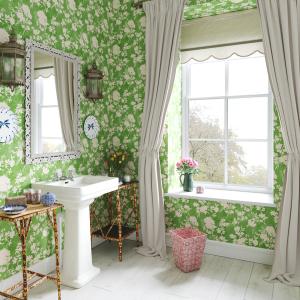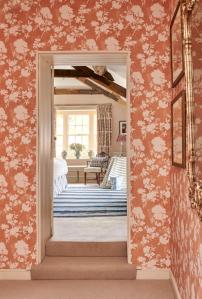Decoration
What is ‘Surplus Light’ and Why has it Fallen Out of Favour?
Surplus light is the new underdog of interior design. Here’s why people are favouring dimmer spaces in 2023.
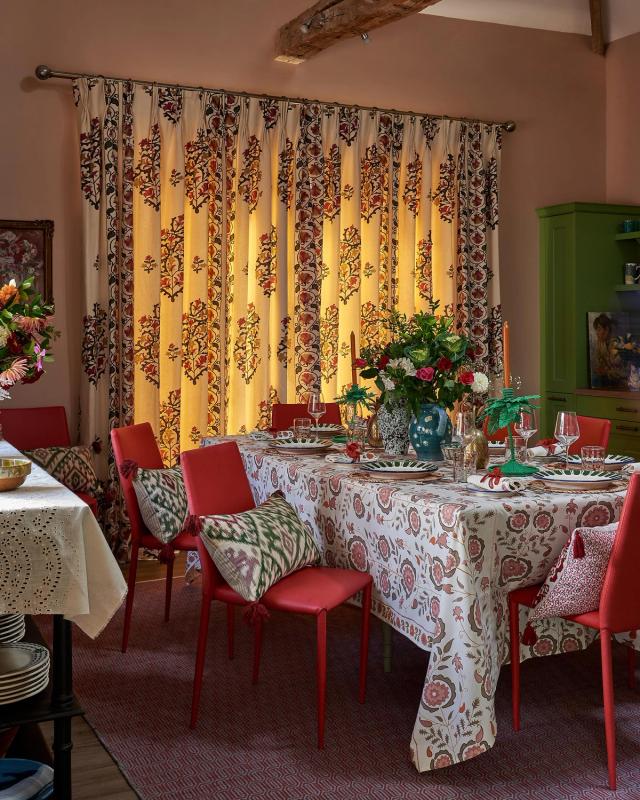
What is ‘Surplus Light’ and Why has it Fallen Out of Favour?
There’s no denying it – light is one of the most important tools of interior design. You can’t decorate a room without a paintbrush, you can’t draw up designs without pencil and paper, and you certainly can’t create a beautiful space without utilising natural and decorative light as a medium all of its own.
We’ve written a lot on the subject of lighting, and how it can make or break a room’s design, enable you to zone-off different sections, and represent a signature piece in a part of the room that is lacking.
But not all light is created equally, and, in a room that is otherwise decorated to perfection, then phenomenon known widely as ‘surplus light’ can be a real let down not just to the scene itself, but to its ambiance.
What is surplus light in interior design?
Surplus light is, as the name suggests, merely light that is inessential. There is, of course, no objective way of measuring or identifying surplus light. It is, like most of the elements of interior design, ultimately in the eye of the beholder.
An art gallery that is light to a bright, homogenous level may, to some, feature a lot of surplus light – and, instead, should focus softer, more concentrated beams of light directly onto the works hanging on the wall. The age-old debate over whether the lamps should be left on or switched off for the film really boils down to what is and what isn’t surplus lighting.
It has always been a case of personal preference and, in many ways, personal style, too. A modernist home is far better suited to bright lights than a quaint country cottage, but that’s not to say that neither one can look good or right with the opposite.
Nevertheless, the past few months have seen surplus lighting falling out of favour more than ever before.
What’s wrong with it?
Nothing is inherently wrong with a brightly lit room. When it comes to interior design, what goes around comes around, and the trend toward soft, minimal lighting is likely in reaction to the popularity of bright, neutral, open-plan spaces soaked in sunlight and stark, white spotlights dotted regularly across the ceiling.
Dimmer lighting can be great for the mood. It helps us to unwind at the end of a day. Excess light disrupts our natural circadian rhythm – confusing it into some sort of prolonged day time, and making it harder to sleep at a reasonable time. Whereas dimmer lighting can help create beautiful, calm, mellow spaces – something we could all do with every once in a while.
With that in mind, it’s pretty clear why surplus light is falling out of favour. Many of us are constantly looking for ways to lower our stress levels at the end of the day and create more of a haven of our homes so that we waste the least possible time on that trickiest of tasks: ‘winding down’.
So, while there is nothing fundamentally wrong with surplus light, there is plenty to dislike about it – particularly when it comes to the home. Surplus light screams ‘pragmatism’ and ‘efficiency’ – that’s why rooms like the kitchen tend to be the last we think of ‘dimming down’ (literally). Nevertheless, any room can stand to be dimmed. True, some of us have a higher tolerance for shadow than others – but, far from gloomy, a room without surplus light can be the ultimate invitation to sit down, curl up, and forget about anything beyond that dim pool of light falling over a good book, and a hot cup of tea.
How do you avoid surplus light?
In many ways, this question is as vague as, ‘How do I avoid bad colours?’ or, ‘How many cushions do I need?’
But, if you’re going by current trends, people really are in favour of focussed or ‘directional’ lighting that only illuminates what really needs to be illuminated. Soft, warm beams directed onto wall art, focussed lamplight over a favourite reading chair, a downward-facing glow over the kitchen worktops, the bed lit warmly against a roomful of shadows. It’s not quite as pared-back as walking room-to-room with a single candle to guide your way, but it’s not far off.
To get there, a lot of people are eschewing the overhead lights – maybe even replacing them with directional lighting instead, to avoid that homogenous glow. They’re focussing on layering lighting in increments – lighting one part of the room and then another – rather than looking at the room as a whole.
More from Decoration




